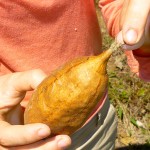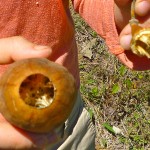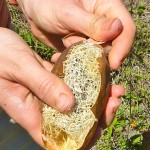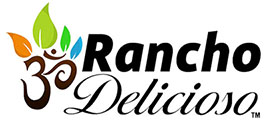How to Harvest Loofah


 This Valentine’s Day, say I “loofyah.” Loofahs, the spongy skincare product we recognize from drugstore beauty isles actually come from your own subtropical backyard vines (not the sea!). They grow like cucumbers and indeed they’re part of the cucumber – Cucurbitaceae – family. Ideally harvest them once the skin becomes a crispy brown shell. Because you’re such devoted eco-readers, I’ll share the secret trick I found to spotting the pristine loofahs: look for shells with their stem top still in tact. Like every great rule, it works 80% of the time.
This Valentine’s Day, say I “loofyah.” Loofahs, the spongy skincare product we recognize from drugstore beauty isles actually come from your own subtropical backyard vines (not the sea!). They grow like cucumbers and indeed they’re part of the cucumber – Cucurbitaceae – family. Ideally harvest them once the skin becomes a crispy brown shell. Because you’re such devoted eco-readers, I’ll share the secret trick I found to spotting the pristine loofahs: look for shells with their stem top still in tact. Like every great rule, it works 80% of the time.
There is a way to harvest them green, but it seems cumbersome (HA). Many of our plants were actually overripe leaving brown, black, or mold stains on the sponge. Rather than clip all hundred-some-odd crops off the vine, I first cracked off a piece of the shell to see whether it was harvest-worthy—and if not, left it on the vine for the next season.
After shelling just the pristine, off-white, or even slightly brown ones, I carefully emptied out as many seeds as possible. Some came loose easily and some needed shaking against a tree or fishing out with a thin rod. We saved a lot of the seeds to give away as gifts. (If you’re seed-saving, leave them to dry out in the sun for 10 or 20 minutes before packaging. I read you can also freeze them to preserve freshness). A few critters flew out in the process, so finally I soaked all the loofahs in rosemary-infused lemon water and left them out to dry. (We avoided using bleach for ecological reasons, though surely most store-bought ones have been bleached, and this is what websites recommend, too.) The natural solution left them critter-free, smelling wonderful, and slightly brighter. Loofah Harvest Video Clip – 30 sec














